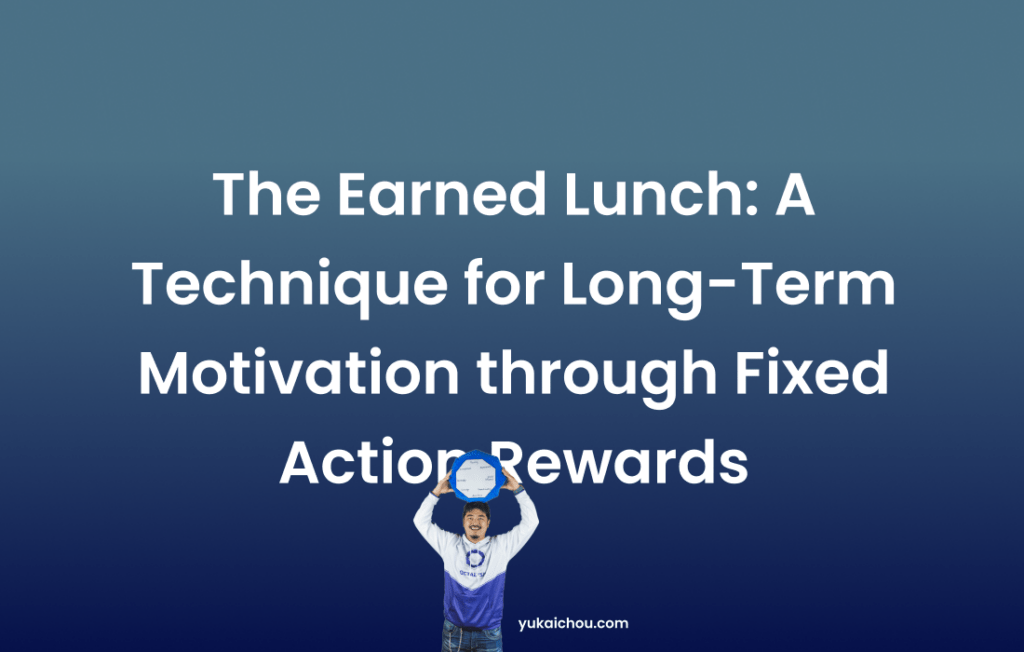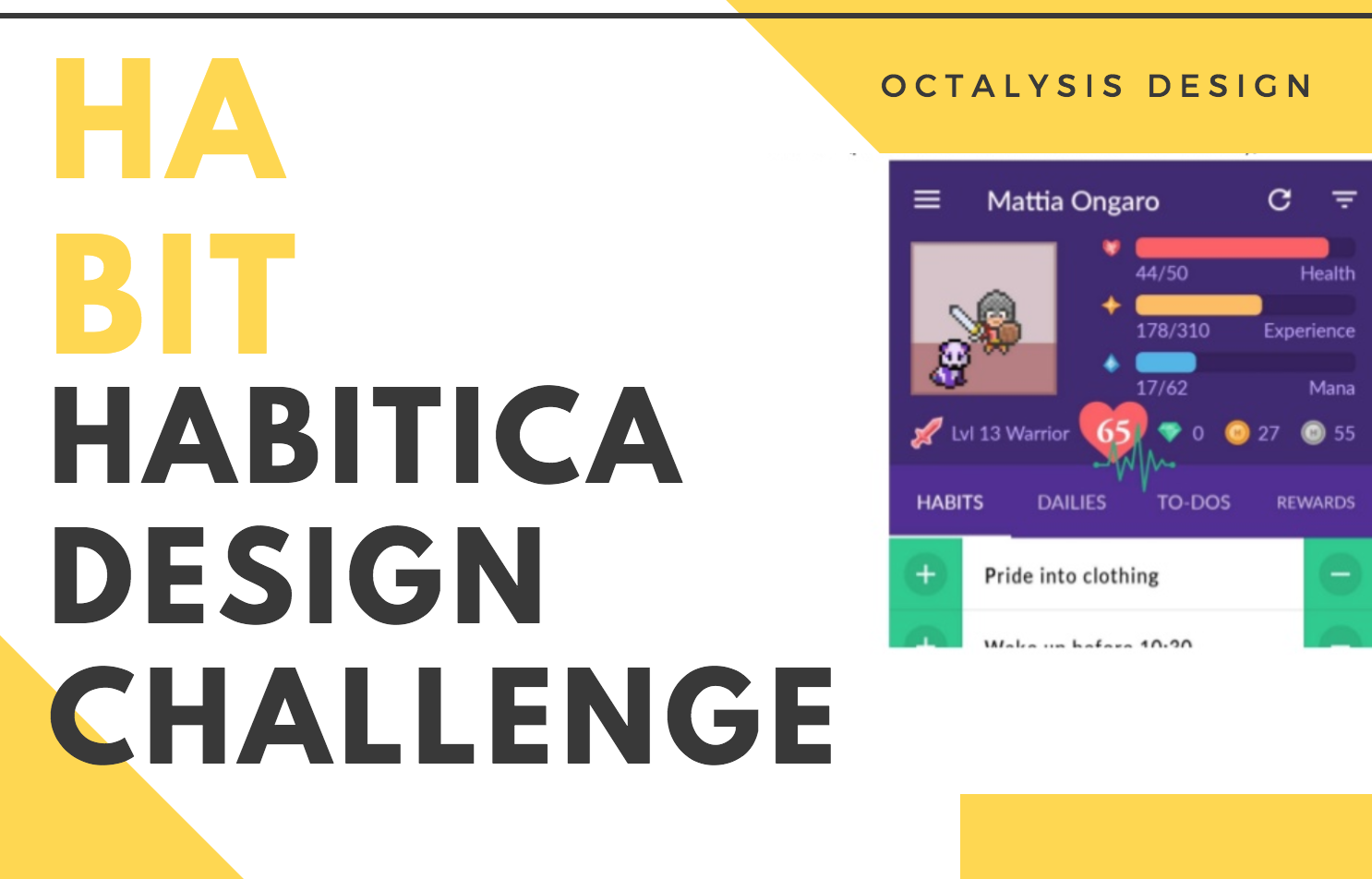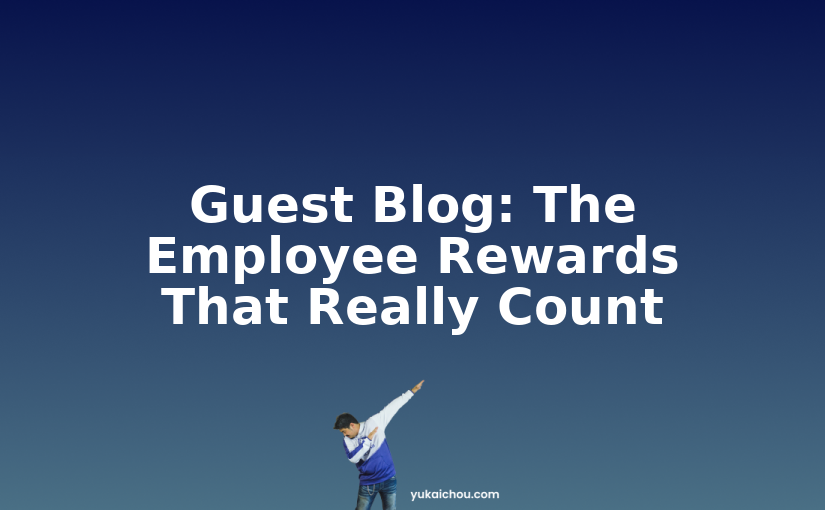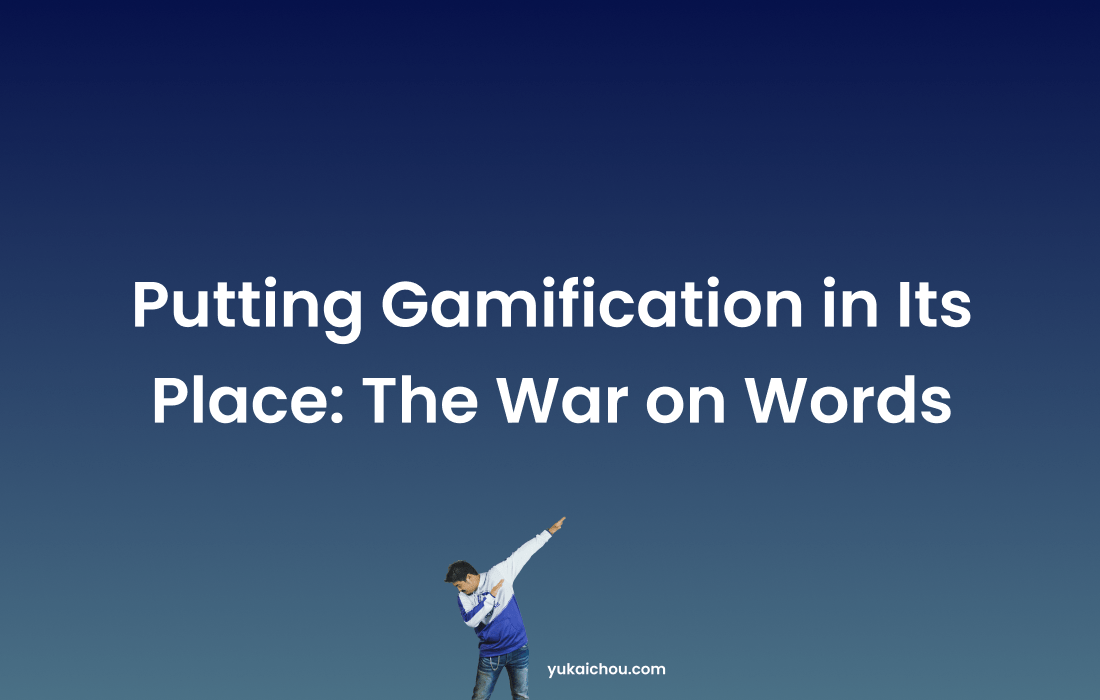Introduction
Welcome to an in-depth exploration of the “earned lunch” technique, a widely used game design method known as the fixed action reward. This powerful strategy motivates users by setting clear goals and offering tangible rewards.
However, like any game design technique, it has its pros and cons. As the author of “Actionable Gamification: Beyond Points, Badges, and Leaderboards,” I always advocate for well-rounded design, incorporating the Octalysis Framework to ensure a balanced and engaging user experience.
In this comprehensive blog post, we’ll dive into the psychology, benefits, limitations, and best practices of the earned lunch technique, ultimately guiding you in designing an effective and motivating user experience.
The Earned Lunch Technique (Game Technique #7)
The earned lunch technique is built on the concept of offering a clear and enticing reward for completing a specific action. This is in contrast to other type of reward structures, such as the Mystery Box (Random Rewards) and Easter Eggs (Sudden Rewards)
The Earned Lunch is prevalent in various reward contexts, such as loyalty programs, sales incentives, and employee motivation schemes. The key to this technique’s success lies in its simplicity and transparency; users know what they need to do and what they’ll get in return.
The Psychological Mechanisms Behind the Earned Lunch Technique
The earned lunch technique relies on several Core Drives in the Octalysis Framework, such as Ownership & Possession (Core Drive 4), Scarcity and Impatience (Core Drive 6), and Development & Accomplishment (Core Drive 2).
However, these Core Drives are primarily extrinsic motivators, meaning they don’t tap into the user’s inherent desire for exploration, creativity, or social interaction. To create a more engaging and sustainable experience, consider incorporating additional intrinsic motivators alongside the fixed action reward.
The fixed action reward, when designed correctly, can also create a sense of anticipation and desire for the reward, thus building a stronger emotional connection to the activity. Users often experience an increased motivation to complete the task, knowing that they will receive a reward upon completion. This creates a positive feedback loop, where the more users engage with the task, the more they desire the reward, and the more they are motivated to continue.
Pros of the Earned Lunch Technique
- Ease of design: The earned lunch technique is straightforward to implement, as it involves offering a specific reward for completing a particular action. This simplicity makes it an attractive option for designers who want to quickly motivate users without investing significant time and resources in developing a more complex system.
- Clear user expectations: The fixed action reward clearly communicates to users what they need to do to earn the reward, making it easy for them to understand and engage with the system. This clarity can lead to increased user satisfaction and motivation, as they know exactly what to expect and how to achieve it.
- Crucial justification: The earned lunch technique can provide users with a sense of justification for engaging in an activity, helping them overcome initial barriers and guilt associated with spending time on a seemingly unproductive task. The promise of a reward can encourage users to try out new activities or continue engaging with tasks they might otherwise abandon.
Cons of the Earned Lunch Technique
- Loss of intrinsic motivation: Users may lose their inherent drive to engage in an activity once the extrinsic rewards are no longer available. This can lead to decreased user satisfaction and engagement, as users no longer feel motivated to participate in the task without the promise of a reward.
- Expanding expectations: People tend to have growing appetites, and the same reward may lose its appeal over time. This necessitates a continuous increase in the reward value to maintain motivation, which can be challenging to sustain in the long term.
- Entitlement and lack of excitement: When users expect a specific reward for their actions, they may feel entitled to it rather than excited or delighted when they receive it. This can lead to reduced user satisfaction and engagement, as the reward loses its emotional impact over time.
Designing Effective Fixed Action Rewards: Best Practices
To maximize the impact of the earned lunch technique, consider the following best practices:
- Choose emotionally appealing rewards: Select rewards that create a strong emotional connection with users. For example, often people feel emotionally attracted more to a Free iPad, compared to $600, even though they could be worth the same.
- Ensure visibility and awareness: Make sure users are continuously reminded of the reward and its requirements. This can be achieved through in-app notifications, progress trackers, or visual cues that keep the reward top-of-mind, encouraging users to stay engaged and complete the required actions.
- Combine with intrinsic motivators: Incorporate elements of intrinsic motivation, such as social interaction (Core Drive 5), creativity (Core Drive 3), and exploration (Core Drive 7), to create a more engaging and sustainable user experience. This can involve adding social features like leaderboards, collaboration opportunities, or creative challenges that complement the fixed action reward.
- Balance labor-driven and performance-driven rewards: Consider whether the earned lunch rewards should be based on the amount of effort or the level of performance. Labor-driven rewards encourage users to put in time and effort, while performance-driven rewards motivate them to excel and achieve higher standards. Both approaches have their merits, and a mix of the two can create a more engaging and motivating experience.
Conclusion
The earned lunch technique, or fixed action reward, is a powerful and widely used game design method that motivates users through clear goals and tangible rewards. However, to create a sustainable and engaging user experience, designers must be mindful of its limitations and incorporate additional intrinsic motivators alongside the fixed action reward.
When designing an effective earned lunch technique, focus on emotionally appealing rewards, visibility and awareness, intrinsic motivators, and a balance between labor-driven and performance-driven rewards. By doing so, you can create an engaging and motivating experience that keeps users coming back for more.
Now, it’s your turn to share your experiences. What kind of fixed action rewards have been most appealing to you? Have they sustained your motivation or were they short-lived? How have you used fixed action rewards in your projects, and have they been effective? Share your thoughts in the comments below, and let’s continue the conversation on mastering the art of fixed action rewards.








